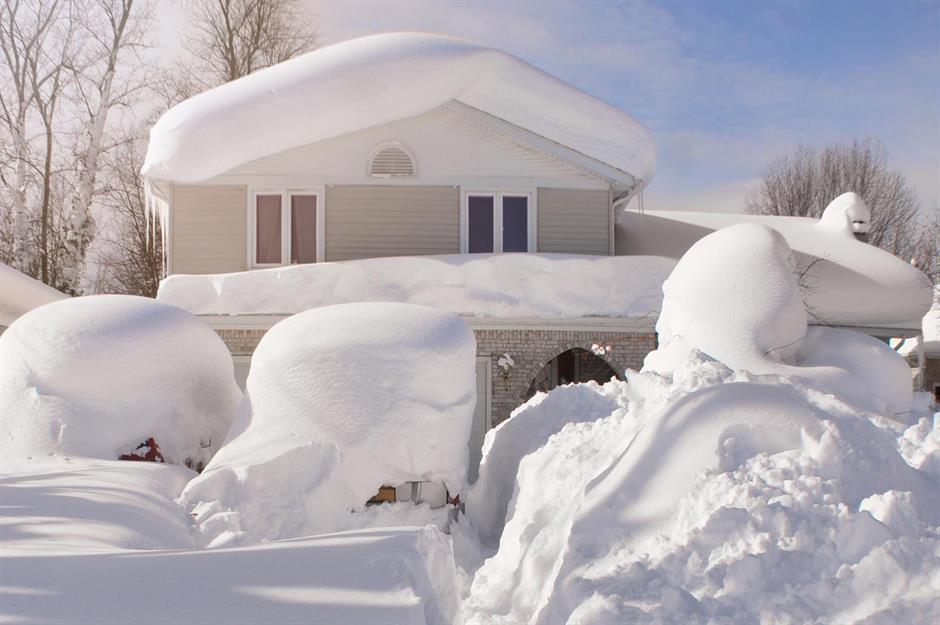*First of all make sure to close any foundation vents under your house and windows to basements, cover if necessary with poly sheeting. For vents you can use good old cardboard and duct tape! Window coverings like heavy drapes can be drawn at night to help keep heat in as well.
*Insulate exposed pipes ( hot and cold) under the house with foam pipe insulation. Heat tape is another option for dealing with quickly needed improvements.
*Allow the hot and cold faucets in kitchen and bath to drip slowly and continuously. Drip single control faucets with lever set in middle. (make sure the plugs are not in the drains to allow overflowing in sinks.
*Open cabinet doors under sinks before going to bed.
*Don’t forget to check on pipes to your washing machine in the laundry room, keep doors open to allow heat to get into problem areas away from main heat source. If your pipes are plumbed near a cold spot like a dryer vent, run the dryer for 1/2 an hour to allow heat to radiate to adjacent pipes in the morning before trying to use hot water.
*Set ice-maker to make ice if the water line to it runs under the house
*Locate water main cut-off valve, and have a cut-off key handy in case of burst pipes. We recommend TCM Cleaning and Restoration for emergencies in South Central Alaska in case of water damage.
*Use a hair dryer, heat lamp, electric heat tape, or a portable space heater to thaw frozen pipes that have not burst. (Make sure portable space heaters are in a stable location free from tipping hazards if used in your crawlspace. We especially like radiant oil heaters due to their safer function than electric heaters, and adjustable thermostat options.) It also may be necessary to have us come and cut out a section of sheet rock to get to frozen problem pipes in the laundry area if they were plumbed too close to cold dryer vents.)

*Keep the faucet open when thawing frozen pipes to allow water to begin flowing through it.
*If you have an insulated floor in addition to an insulated crawlspace, remove floor insulation to allow heat from your home to warm your crawlspace where the pipes are. (We can also do this for you.) Putting a radiant oil heater in the crawlspace on low will also help once the insulation in the floor is removed. Removing floor insulation can seem drastic, but it can often keeps your crawlspace too cold and results in reoccurring frozen pipes as well as serving as a place for mice to take up permanent residence!
*After the weather has warmed above freezing and any frozen pipes have thawed, turn off dripping faucets and make sure sinks don’t have stoppers in them to allow for overflowing once the water gets going again. Check the crawlspace to make sure there is no water damage from burst pipes, no small leaking cracks in pipes, and turn off radiant oil heater.
These are just a few things that make a cold snap less of an inconvenience. In Alaska we need to think ahead of what might go wrong in a prolonged cold spell and prepare for heating and plumbing malfunctions and do some strategic carpentry planning to avoid major heat loss or insulation failures.
Having new energy efficient windows installed can also save hundreds on your heating costs in the winter, and represents a great return on your investment when you sell your home. We can install quality “Alaskan grade” windows for you to insure your home is not vulnerable to the harsh climate we often experience here. Upgrading your front door, or at least replacing damaged weather stripping is another way to help keep things toasty!
For Questions or concerns about issues with your home give us a call here at Far North Craftsmanship for help with remodeling and home improvement, and we can help make your home the cozy sanctuary you want it to be!

